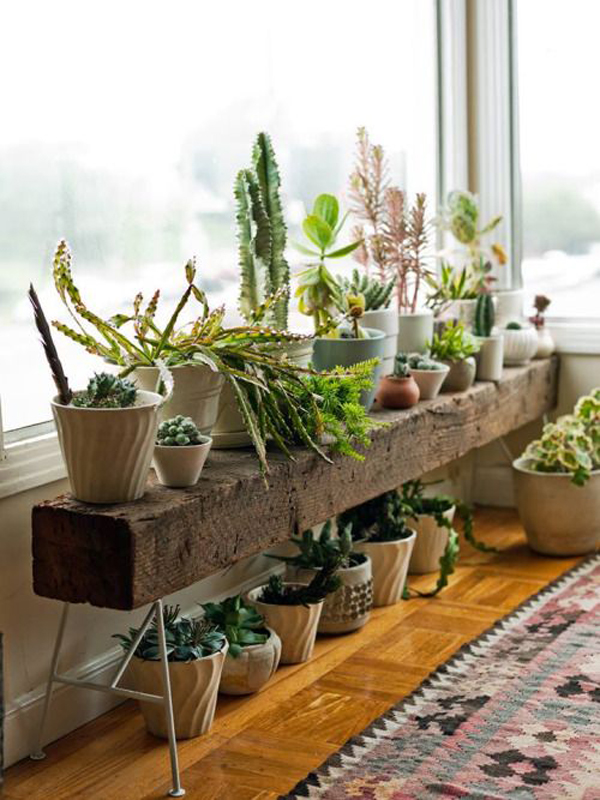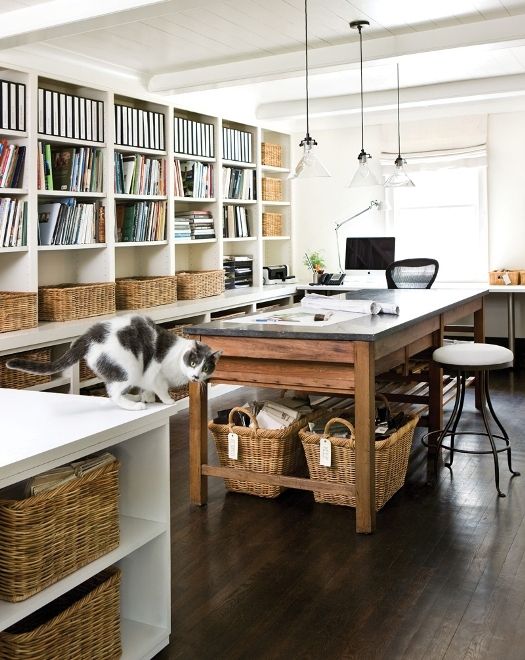Red, orange, yellow, green, blue, indigo, and violet. • sometimes this is due to personal preference, and other times due to cultural background.
Colour Psychology Interior Design, Let us see the psychological qualities of each color. Different shades evoke certain emotions so, when choosing your colours, it’s important to consider the kind of atmosphere you wish to create and which colours will help you achieve this.

Colour psychology is used widely in branding and marketing but it’s also a powerful interior design tool that arguably has more of an impact on the mood of a room than any other factor. A brightly colored playground evokes feelings of joy and youthfulness. Similarly, in interior design, the colors of the interior can affect your psychology. The colors you choose for your walls and furniture have a big impact on your mood and emotions too.
• sometimes this is due to personal preference, and other times due to cultural background.
The development of modern psychology also expanded the study of color, which has been used in design and marketing, architectural design, and yes, interior design successfully for decades. Whilst the science behind colours and how they make us feel is still in the early stages of research, in marketing, colour psychology is all about context. • colors affect different people, either individually or as a group. It also represents determination and courage. Both these emotions represent some form of. The rainbow represents the spectrum of hues that the human eye can see:
 Source: pre-tend.com
Source: pre-tend.com
Identifying colors is one of the first things we learn as children. The colors you choose for your walls and furniture have a big impact on your mood and emotions too. In this blog, you can learn about these colors to create a space exactly tailored to the mood you want to achieve. Interior decorating with yellow color is associated.
 Source: borealabode.com
Source: borealabode.com
Angela, studied psychology, and was fascinated by the psychological effects colour has on us. Colour psychology is a cornerstone element of interior design for aesthetic purposes, but also to fully optimize each space based on the feelings and emotions each colour invokes. Blue is one of the three primary colours (red and green being the other two). Different shades conjure.
 Source: equimdesigns.com
Source: equimdesigns.com
Blue is one of the three primary colours (red and green being the other two). Wikipedia describes color psychology as “the study of hues as a determinant of human behavior.” Colour psychology is a cornerstone element of interior design for aesthetic purposes, but also to fully optimize each space based on the feelings and emotions each colour invokes. Similarly, in.
 Source: mobiushome.co.uk
Source: mobiushome.co.uk
Identifying colors is one of the first things we learn as children. Color therapy uses yellow color shades to make people smile and feel joyful. The part of our brain that registers colour is in the limbic system which is the part that handles our emotional responses. In this blog, you can learn about these colors to create a space.
 Source: designlike.com
Source: designlike.com
Blue is one of the three primary colours (red and green being the other two). Let us see the psychological qualities of each color. Colour psychology is a powerful interior design tool that impacts the mood of a room more so than any other factor. The psychology of color is used around us every day and is an important tool.
 Source: nativainteriors.com
Source: nativainteriors.com
Interior design color psychology 101. It’s been widely practiced in art, graphic design and marketing to engender specific feelings in consumers. Bringing psychology into interior design can help you to understand what colors to use to make a room or space more interesting. And even neutrals such as grey, cream and beige still play an important role within colour psychological.
 Source: pinterest.com
Source: pinterest.com
Colour psychology is used widely in branding and marketing but it’s also a powerful interior design tool that arguably has more of an impact on the mood of a room than any other factor. Color is a fundamental building block of interior design. It’s been widely practiced in art, graphic design and marketing to engender specific feelings in consumers. Red,.
 Source: luxdeco.com
Source: luxdeco.com
How to use colour psychology in interior design 1. Avoid using it in large amounts as it can be over stimulating. A room colored in yellow can look cheerful, friendly and airy. The iconic red red is one of the passionate choices you can go for. And even neutrals such as grey, cream and beige still play an important role.
 Source: borealabode.com
Source: borealabode.com
In this blog, you can learn about these colors to create a space exactly tailored to the mood you want to achieve. Colour affects us on every level: Sunshine yellow, earth green, cool blue, and fiery red. Whilst the science behind colours and how they make us feel is still in the early stages of research, in marketing, colour psychology.
 Source: hutsly.com
Source: hutsly.com
Blue is one of the three primary colours (red and green being the other two). Color is a fundamental building block of interior design. How to use color psychology in interior design. And even neutrals such as grey, cream and beige still play an important role within colour psychological choices. Interior design color psychology 101.
 Source: pinterest.com
Source: pinterest.com
Red, orange, yellow, green, blue, indigo, and violet. The rainbow represents the spectrum of hues that the human eye can see: It’s been widely practiced in art, graphic design and marketing to engender specific feelings in consumers. Identifying colors is one of the first things we learn as children. Color, color in interior design, color psychology, design, interior design, the.
 Source: hutsly.com
Source: hutsly.com
Red, orange, yellow, green, blue, indigo, and violet. Colour psychology talks about the influence of colors in interior design. Psychology of color, in interior design, can be a powerful way to decorate your interior while playing on people’s senses and emotions. With just the use of colors, you can transform your indian household into the best space for you to.
 Source: pinterest.com
Source: pinterest.com
Helping clients with colour psychology. But beyond imagining how colors will look together and work in your home, it’s important to consider how they make you feel. The colors you choose for your walls and furniture have a big impact on your mood and emotions too. Some say it’s an ancient science. The rainbow represents the spectrum of hues that.
 Source: pinterest.co.uk
Source: pinterest.co.uk
Color psychology is the theory that colors can affect how you feel, think and act. The psychology of color is used around us every day and is an important tool for transmitting information. Colour affects us on every level: The part of our brain that registers colour is in the limbic system which is the part that handles our emotional.
 Source: icecreaminspiration.com
Source: icecreaminspiration.com
Some say it’s an ancient science. I�ve been an interior designer for over 20 years but colour psychology absolutley transformed my practice! Color psychology in interior design is about the close connection between colors and emotion. Harmonise colour palettes with ease, creating flow throughout your house. For example, blue is used in more corporate marketing collateral, and red is used.
 Source: pinterest.com
Source: pinterest.com
Helping clients with colour psychology. In the interior design sphere, it relates to the colours you pick to decorate your home — from walls to accessories — and how they can influence you. Since learning more about colour psychology fiona says she has been able to predict what colours a client will choose and why when it comes to creating.
 Source: nativainteriors.com
Source: nativainteriors.com
A brightly colored playground evokes feelings of joy and youthfulness. The psychology of color is used around us every day and is an important tool for transmitting information. According to color psychology in interior design, yellow is the color of warmth, wisdom, prosperity, sympathy and cowardice. Make confident and concise design decisions that are right for you, everytime. For example,.
 Source: pinterest.com
Source: pinterest.com
Identifying colors is one of the first things we learn as children. Understand your personal colour preferences and their effect on your emotions. Bold colors and exciting feelings in this foyer by decorilla designer, sonia c. Interior design color psychology 101. Red, orange, yellow, green, blue, indigo, and violet.
 Source: hutsly.com
Source: hutsly.com
A red stop sign prompts you to stop and look around; So in this sense colour is emotion. • what evokes one reaction in one person may evoke a very different reaction in somone else. With just the use of colors, you can transform your indian household into the best space for you to think, feel and act! Helping clients.
 Source: pinterest.com
Source: pinterest.com
Let’s now look at what each color represents and how you can use them. The iconic red red is one of the passionate choices you can go for. Whilst the science behind colours and how they make us feel is still in the early stages of research, in marketing, colour psychology is all about context. A brightly colored playground evokes.
 Source: pinterest.com
Source: pinterest.com
According to color psychology in interior design, yellow is the color of warmth, wisdom, prosperity, sympathy and cowardice. Since learning more about colour psychology fiona says she has been able to predict what colours a client will choose and why when it comes to creating a brand identity. For example, blue is used in more corporate marketing collateral, and red.
 Source: readersdigest.ca
Source: readersdigest.ca
According to color psychology in interior design, yellow is the color of warmth, wisdom, prosperity, sympathy and cowardice. Colour psychology is not the same as colour symbolism. Color is a fundamental building block of interior design. • what evokes one reaction in one person may evoke a very different reaction in somone else. With just the use of colors, you.
 Source: pinterest.com
Source: pinterest.com
Red, orange, yellow, green, blue, indigo, and violet. Harmonise colour palettes with ease, creating flow throughout your house. In the interior design sphere, it relates to the colours you pick to decorate your home — from walls to accessories — and how they can influence you. Selecting the right interiors colours for our clients is, understandably, crucial. Angela, studied psychology,.
 Source: pinterest.com
Source: pinterest.com
Bringing psychology into interior design can help you to understand what colors to use to make a room or space more interesting. Colour affects us on every level: And even neutrals such as grey, cream and beige still play an important role within colour psychological choices. Color is a fundamental building block of interior design. Interior design color psychology 101.
 Source: borealabode.com
Source: borealabode.com
I�ve been an interior designer for over 20 years but colour psychology absolutley transformed my practice! Color is a fundamental building block of interior design. It’s been widely practiced in art, graphic design and marketing to engender specific feelings in consumers. The yellow interior design color creates a sense of warmth and coziness, and it is a trendy wall paint.








